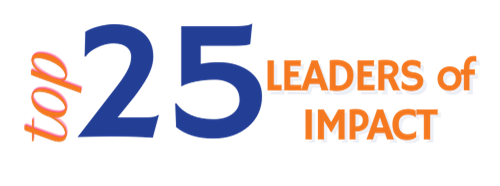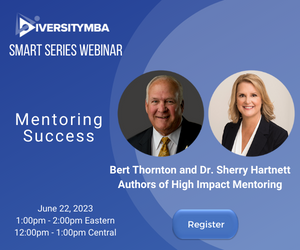by Suri Surinder
We hear a lot about inclusion, and how it is critical to harness the power of diversity.
We know that diversity is being invited to the dance, and inclusion is being asked to dance. We realize that diversity is what we see, and inclusion is how we feel. We understand that diversity may be about counting heads, but inclusion is about making the heads count. We say to each other that diversity is the mix, and inclusion is making the mix work.
You just read 4 different ways to view the distinction between diversity and inclusion, and they all seem accurate and appropriate, right?
Yet, when people are asked exactly what inclusion is, how we know it exists, and what forms it takes, many are hard-pressed to answer.
That is not surprising.
The reality is that inclusion is a nuanced concept. It comes in various forms, and people prefer to be included in different ways, depending upon whether they are extrinsically or intrinsically driven.
But, in all cases, inclusion involves feeling empowered, enabled, and encouraged to bring our whole selves to work because of feeling that our diverse needs are being met.
Here are 20 different kinds of inclusion based upon the 10 different needs that employees have – 5 extrinsic and 5 intrinsic:
Extrinsic Needs
Individual Needs
- Behavioral inclusion: How well are diverse leadership and execution styles leveraged
- Situational inclusion: How well are unique constraints and requirements that vary from person to person accommodated.
Institutional Needs
- Infrastructural inclusion: How equally is everyone supported in terms of tools and resources to do their current jobs
- Professional inclusion: How equally is everyone supported by existing processes to enter the business, get appropriate roles within the business, and stay engaged
Identity Needs
- Cultural inclusion: How well is every culture along every diversity dimension welcomed and integrated in the organization
- Social inclusion: How well is every person able to bond with other members of their own constituency and of other constituencies within the company
Involvement Needs
- Affirmational inclusion: How well does everyone feel affirmed for being who they are and contributing value
- Attentional inclusion: How much quality attention does every individual get with their manager and skip level leader
Incentive Needs
- Financial inclusion: How well is equal pay for equal work maintained in all parts of the organization
- Recognitional inclusion: How well is everyone rewarded for quality work, including bonuses, equity, and awards.
Intrinsic Needs
Influence Needs
- Informational inclusion: How much relevant and appropriate information is provided transparently to employees as context for their efforts
- Decisional inclusion: How much input is solicited and used in making business decisions from downstream employees
Impact Needs
- Ideational inclusion: How well are innovative ideas from employees acted upon and converted to successful initiatives
- Consequential inclusion: How much flexibility do employees have to contribute to significant projects of consequence within different parts of the company
Interaction Needs
- Intellectual inclusion: How much do managers ask for and act on opinions and inputs from their team members
- Emotional inclusion: How emotionally connected are individuals on a team to each other and to their leader, as friends, colleagues, and members of a work family
Intent Needs
- Congruential inclusion: How strong is the alignment between the individual values of employees and the values of the business as a result of intentional linking
- Causal inclusion: What social and community causes that are dear to employees are supported visibly by the organization
Improvement Needs:
- Developmental inclusion: How well are diverse learning needs met in order to enable professional growth
- Promotional inclusion: What processes and support mechanisms are in place to help every individual progress to positions of greater responsibility, impact and influence
Assessment
How well does your organization perform on meeting these 10 different needs through the 20 different forms of inclusion?
Rate your organization on the frequency of occurrence of each of the 20 inclusion types using the following scale.
1 Rare
2 Occasional
3 Sometimes
4 Frequent
5 Consistent
Based on the total score out of 100, here is the assessment scale for your organization in terms of being inclusive along all 20 dimensions:
20-35 Foundational
36-50 Developing
51-65 Average
66-80 Superior
80-100 Best in Class
Also, check yourself on which 3 of these 10 needs are most important to you, and how your organization does in terms of the 6 forms of inclusion critical to meeting those specific needs. If your organization scores well on those forms of inclusion that matter the most to you, you are more likely to be engaged and effective at work.
Suri Surinder is CEO and co-founder of CTR Factor, Diversity MBA’s executive education and consulting partner, and the global head of the CTR Factor Leadership Institute under the Diversity MBA brand umbrella.










